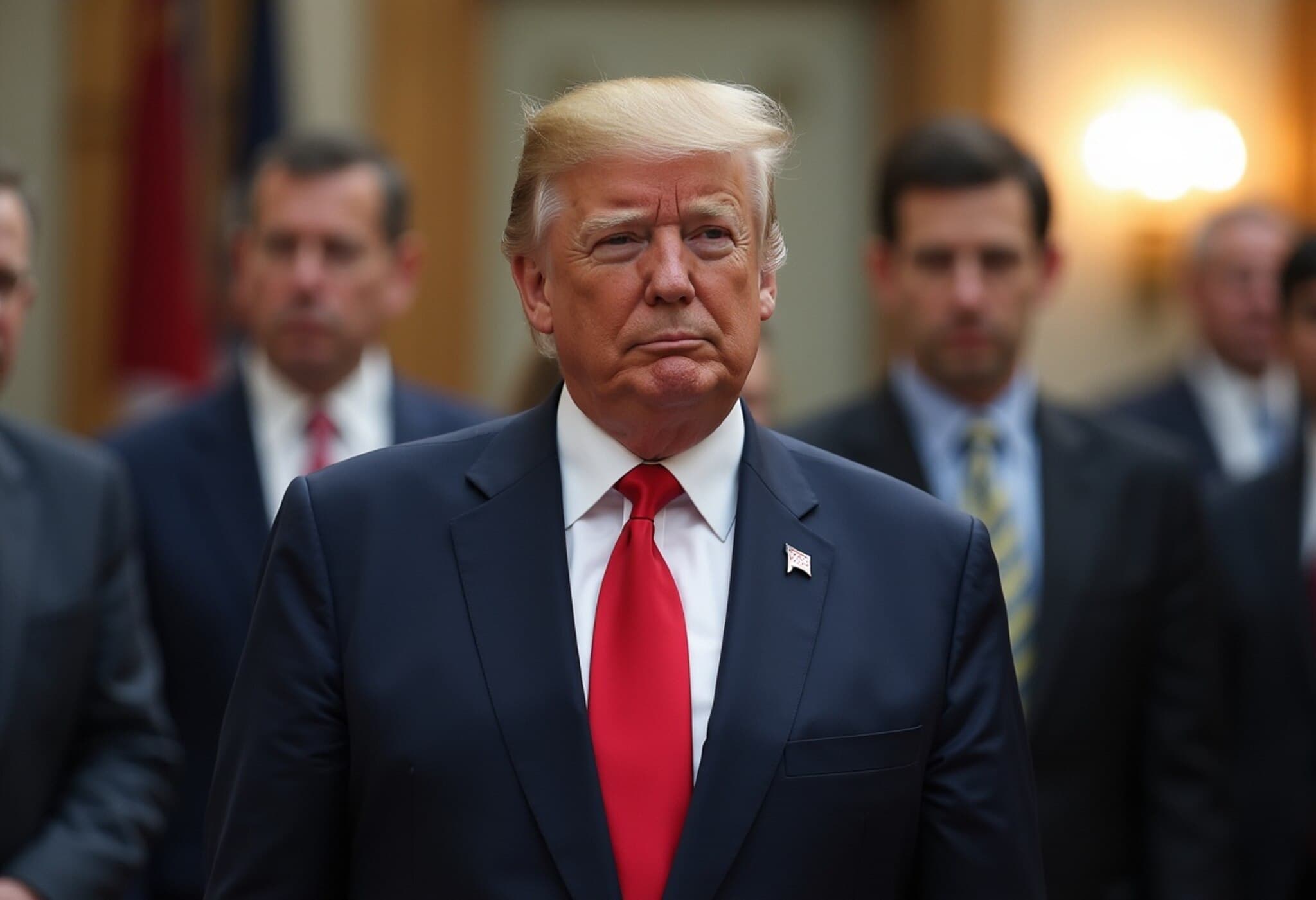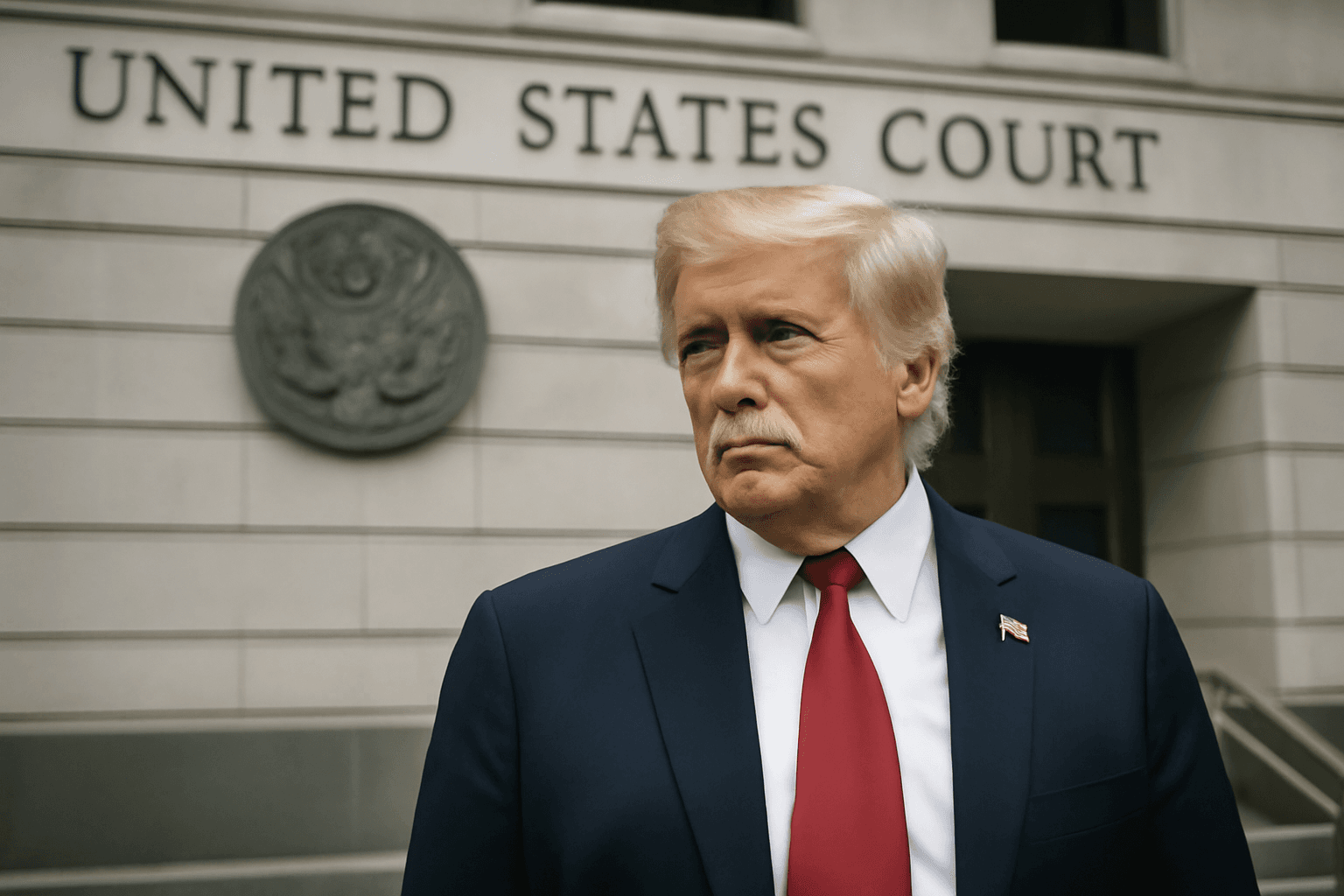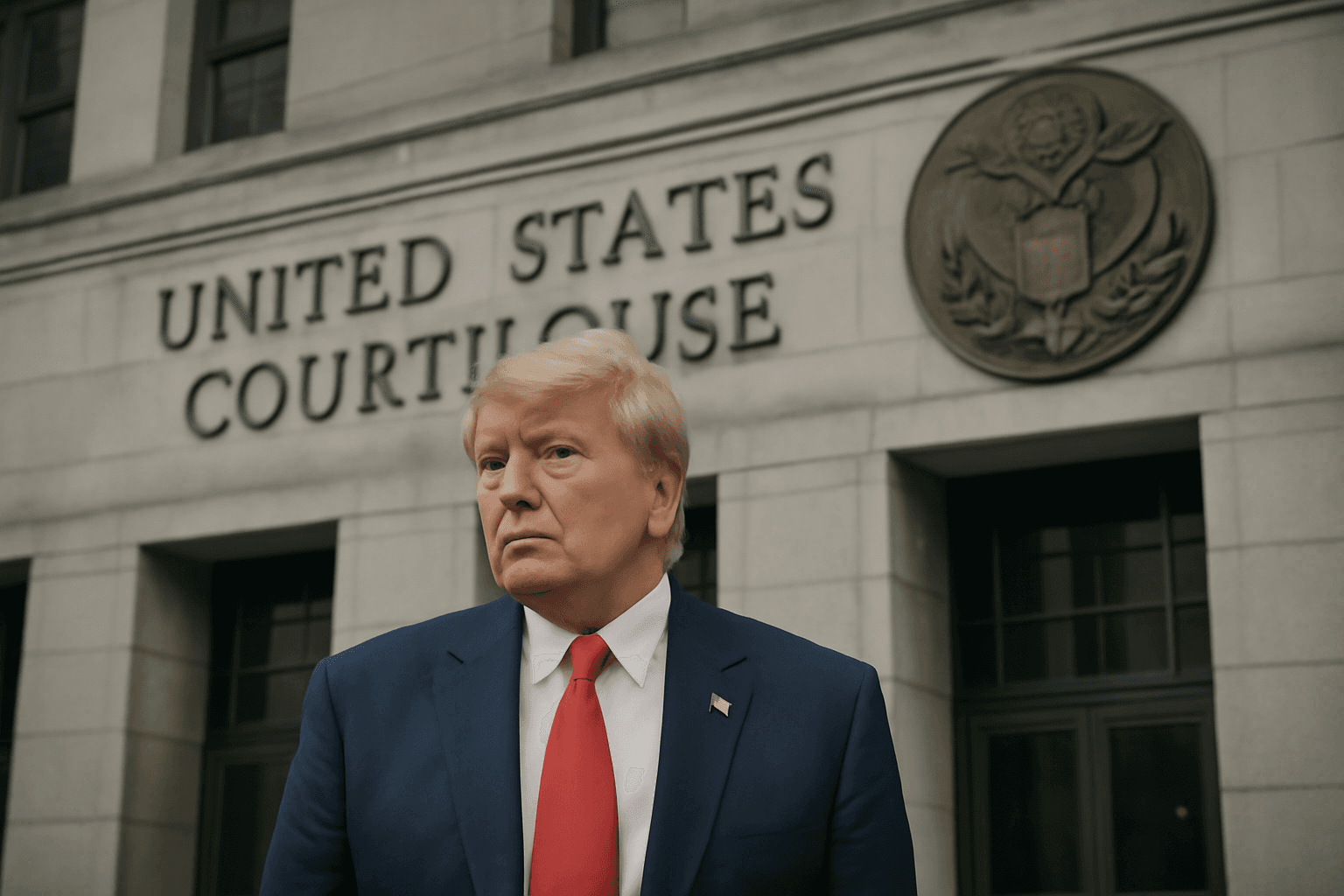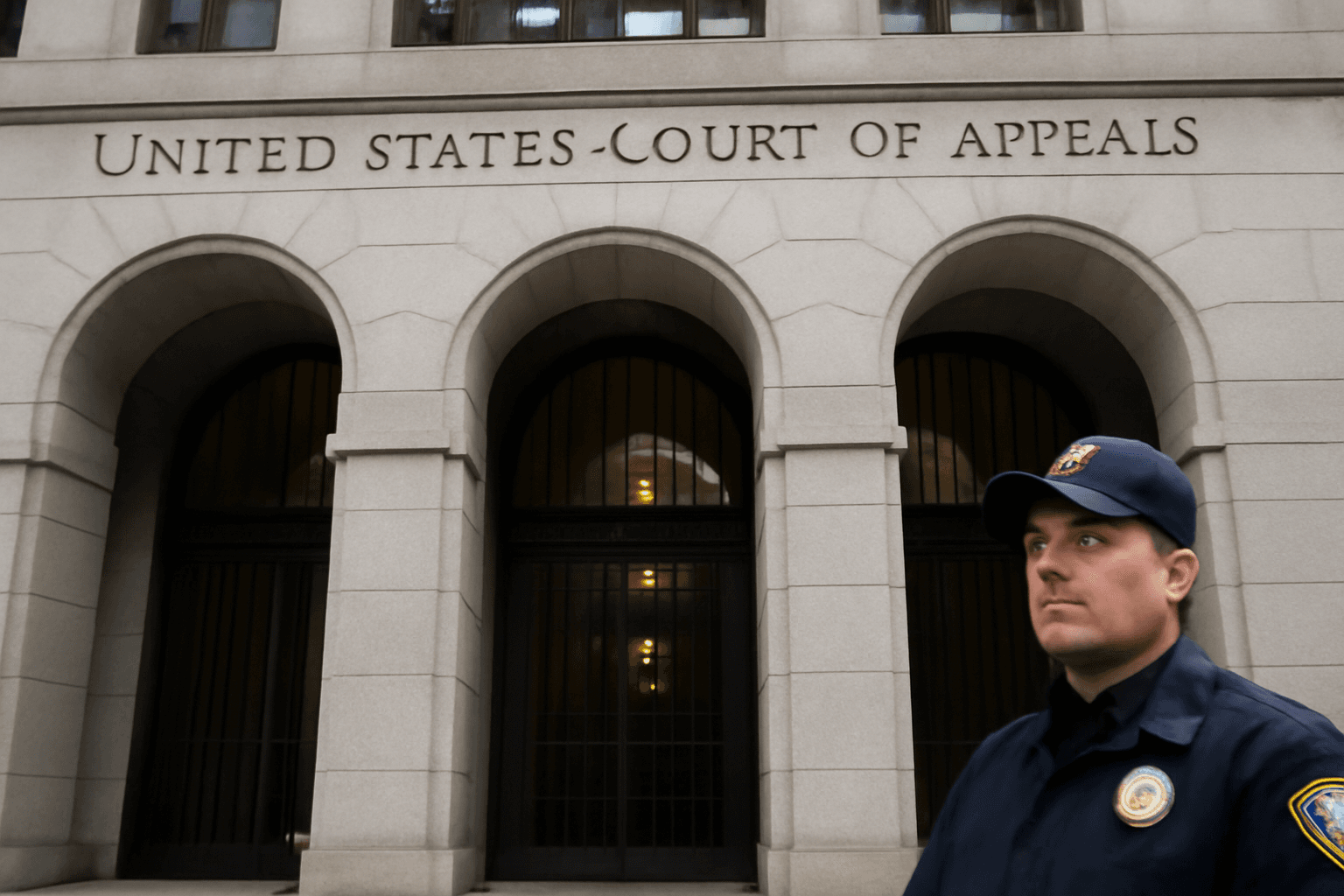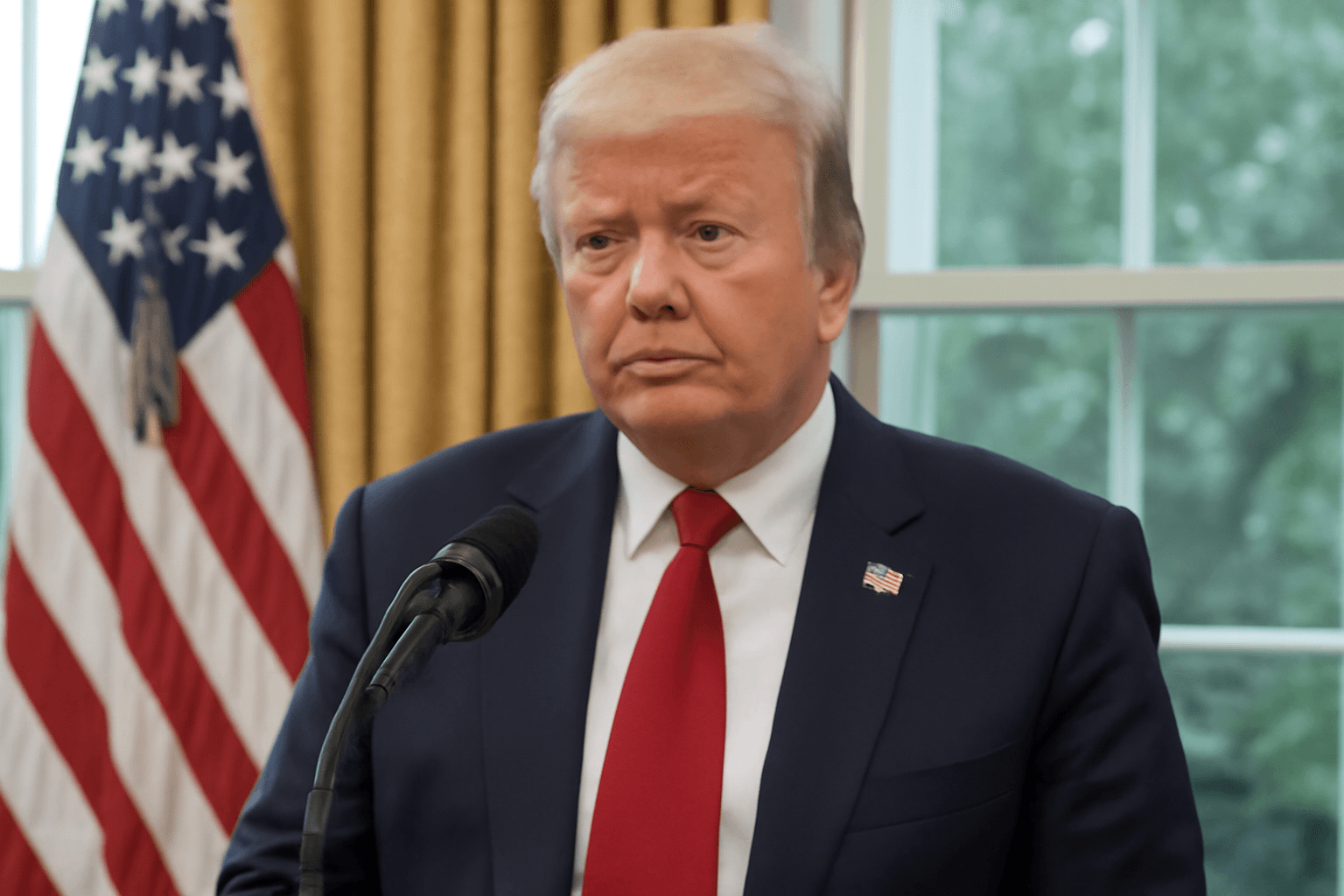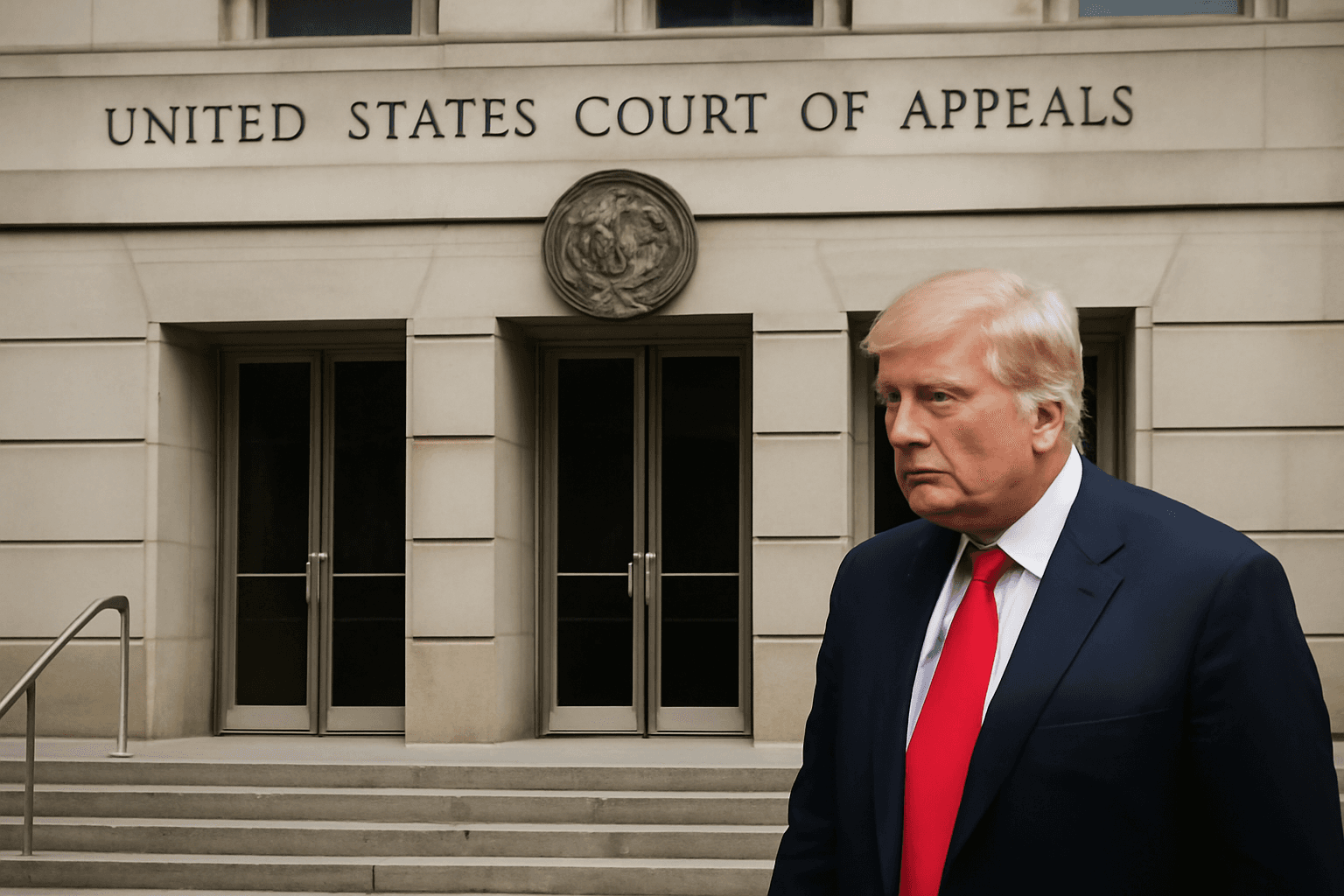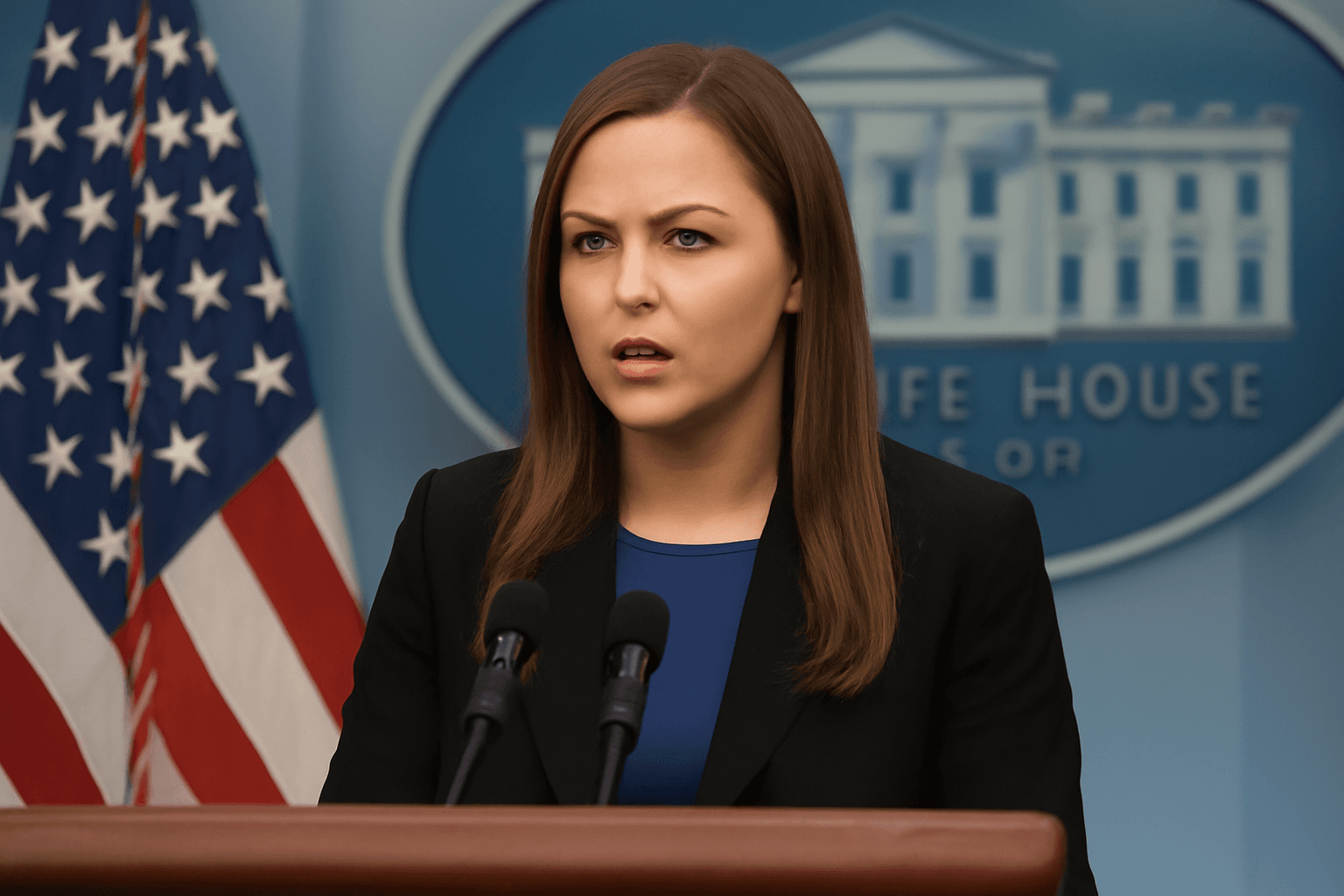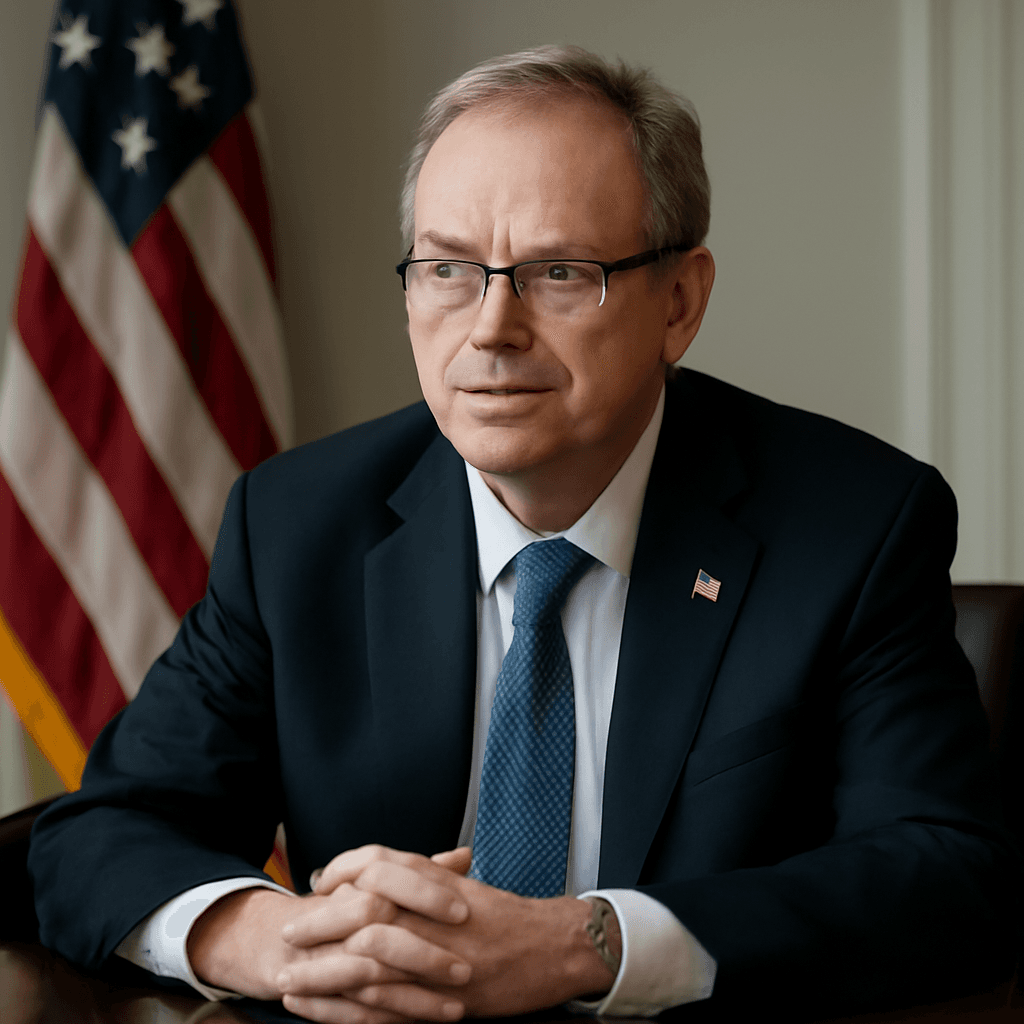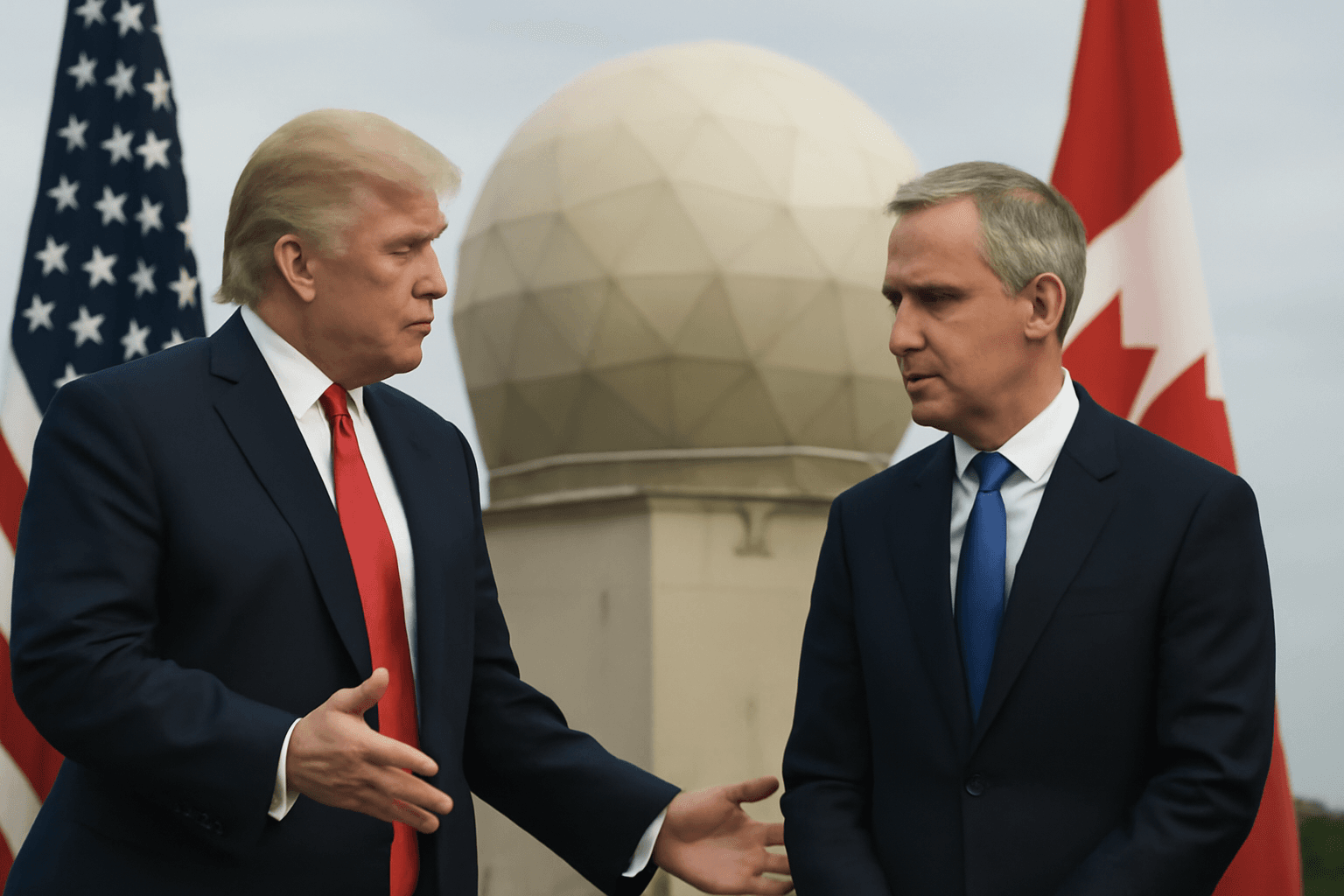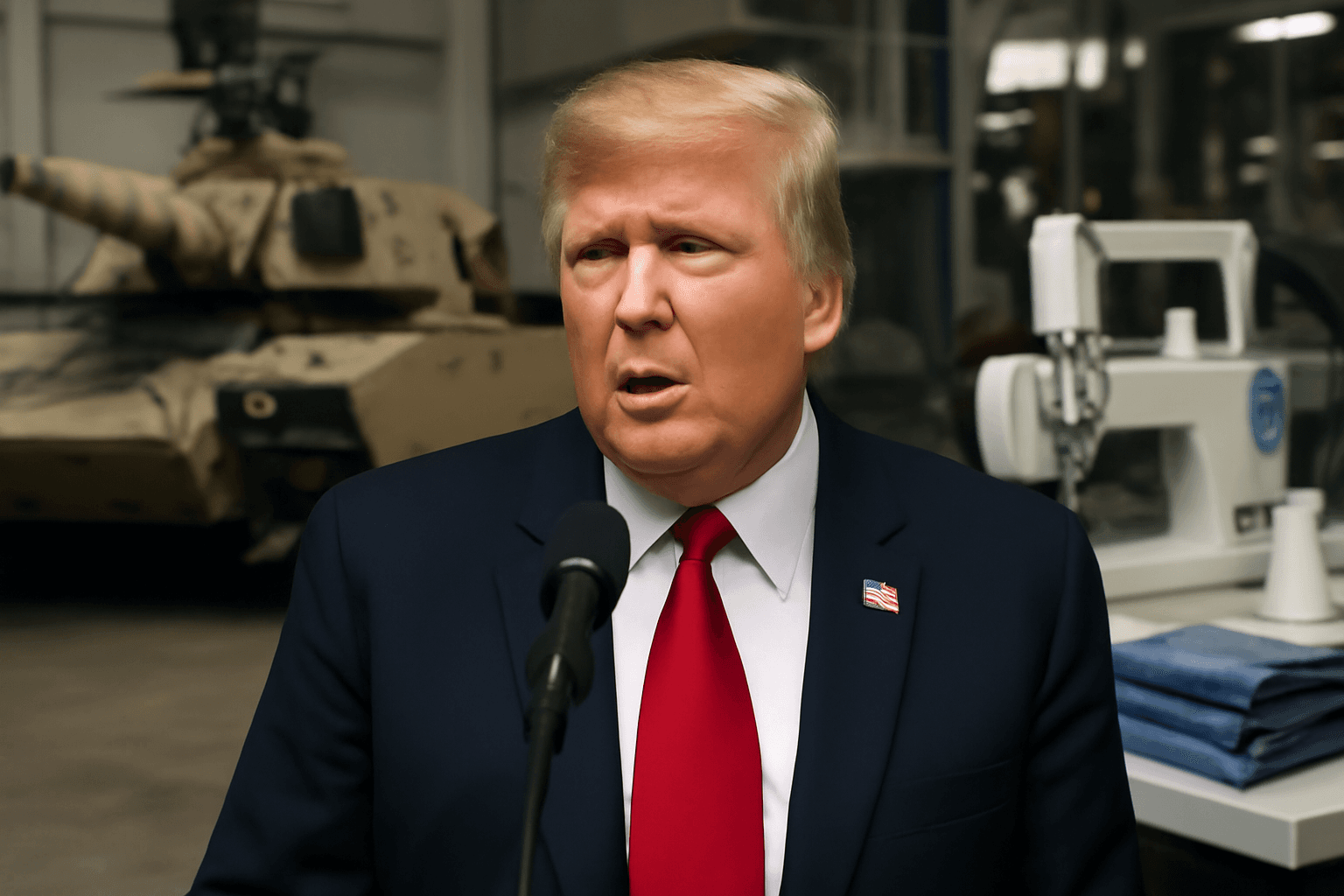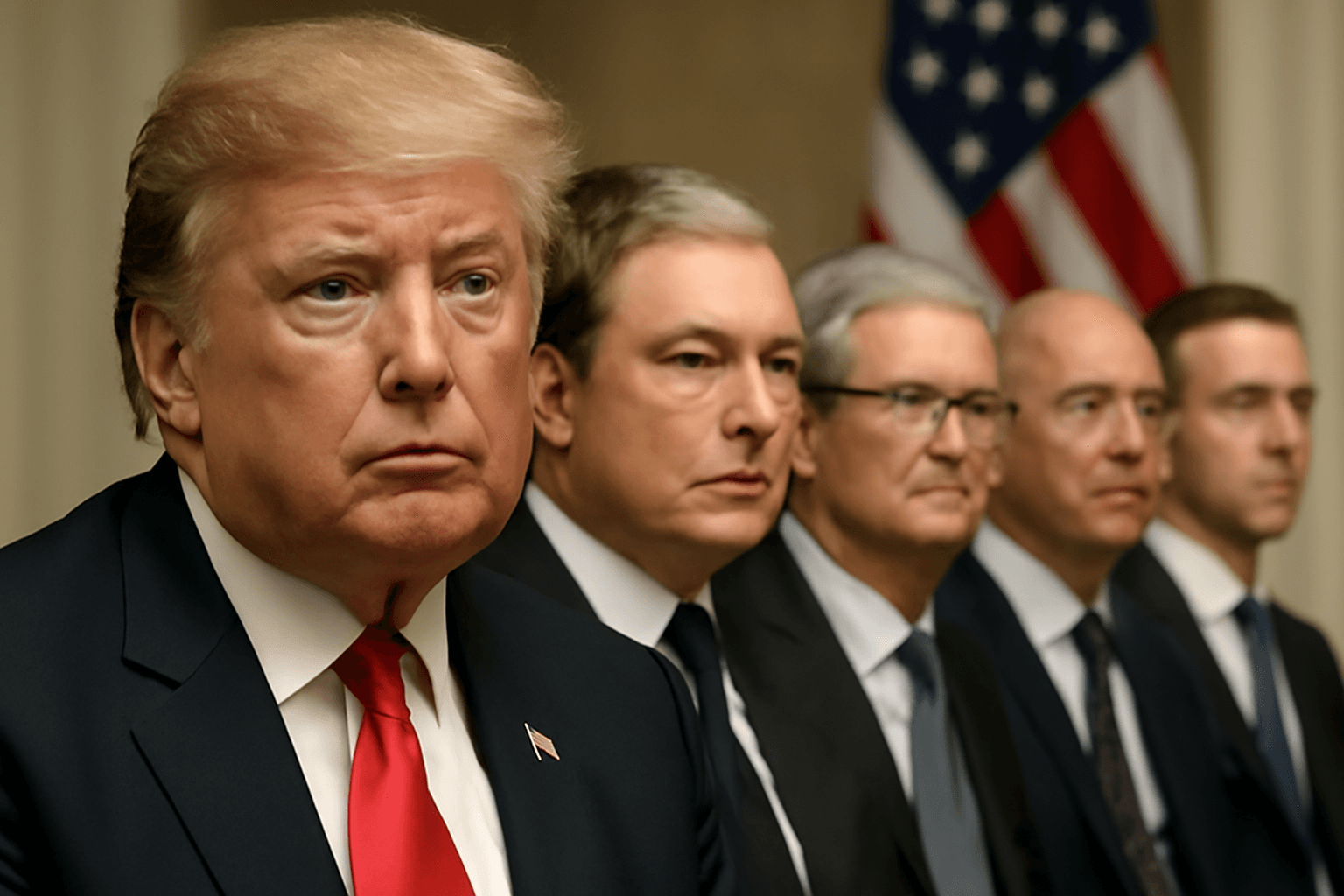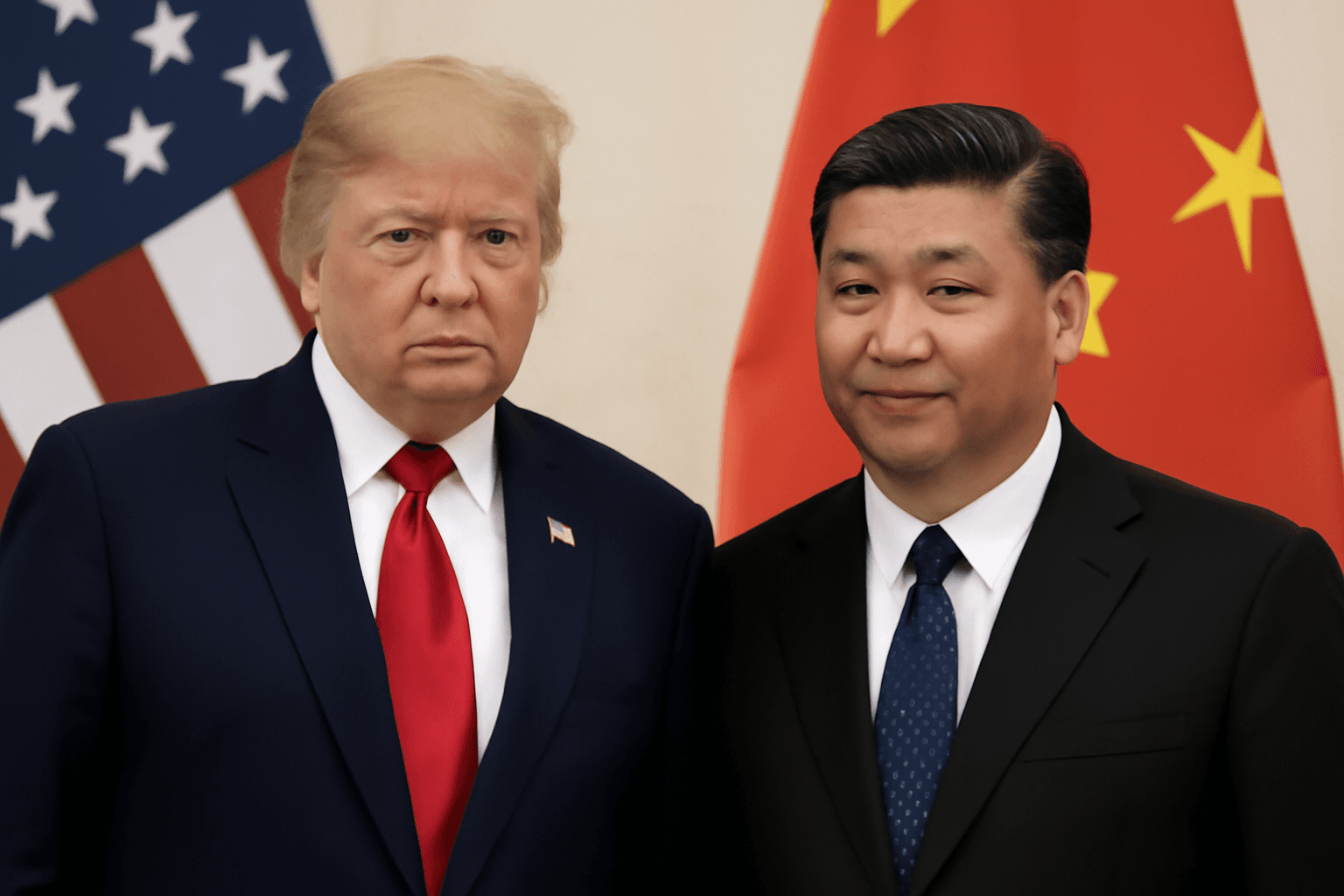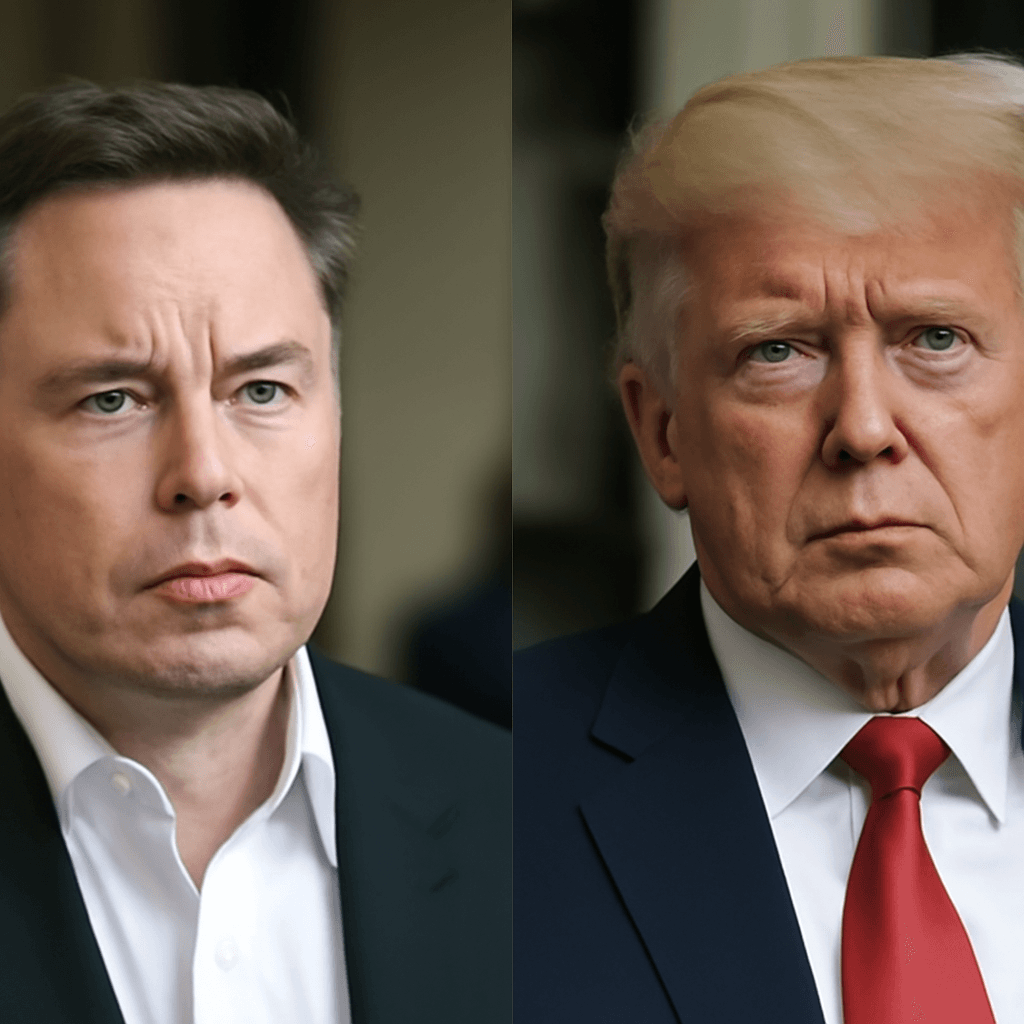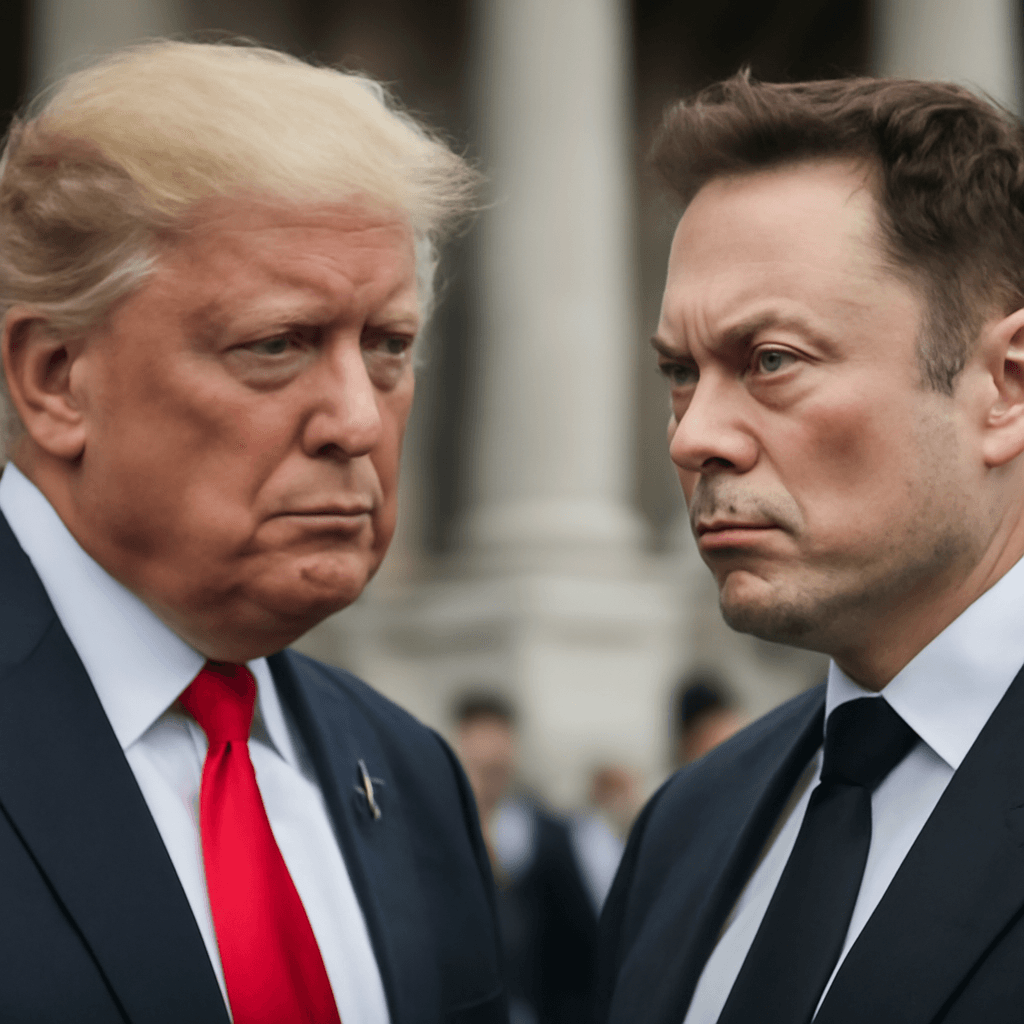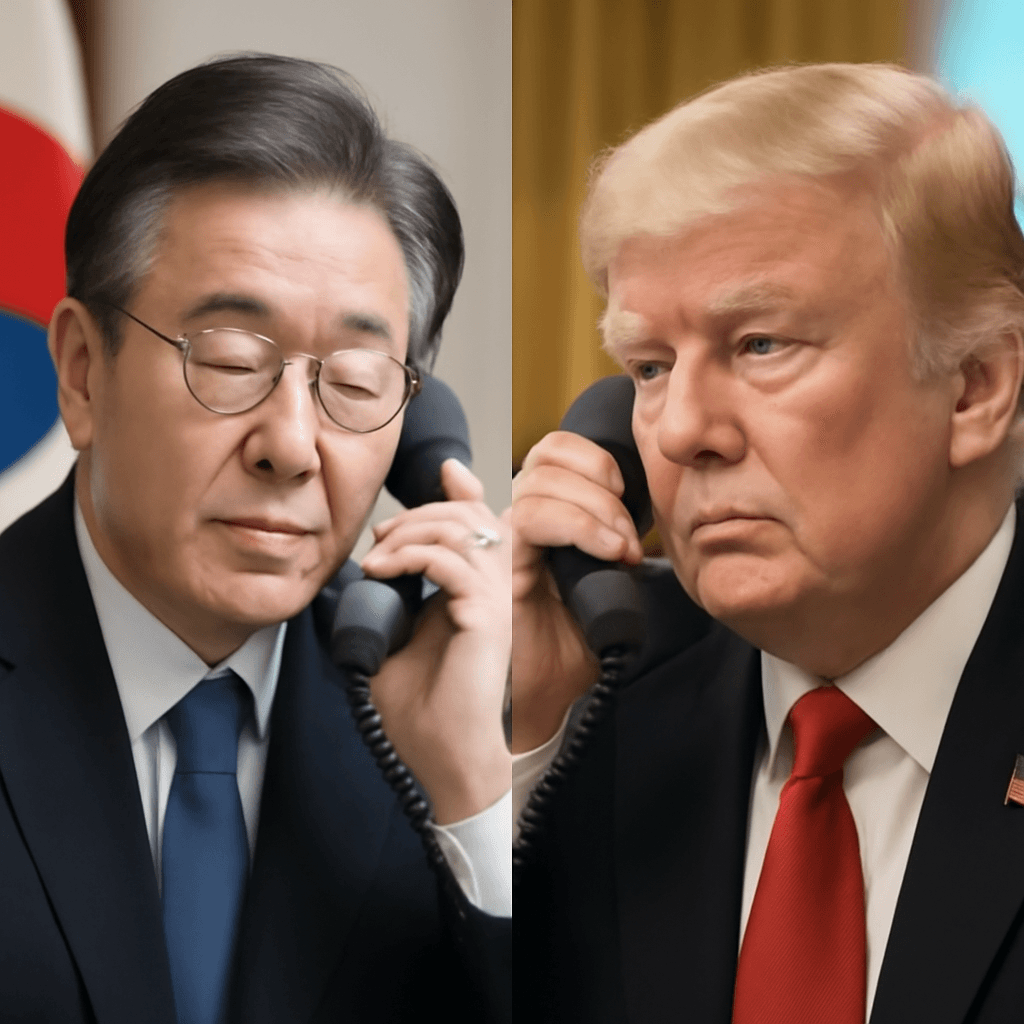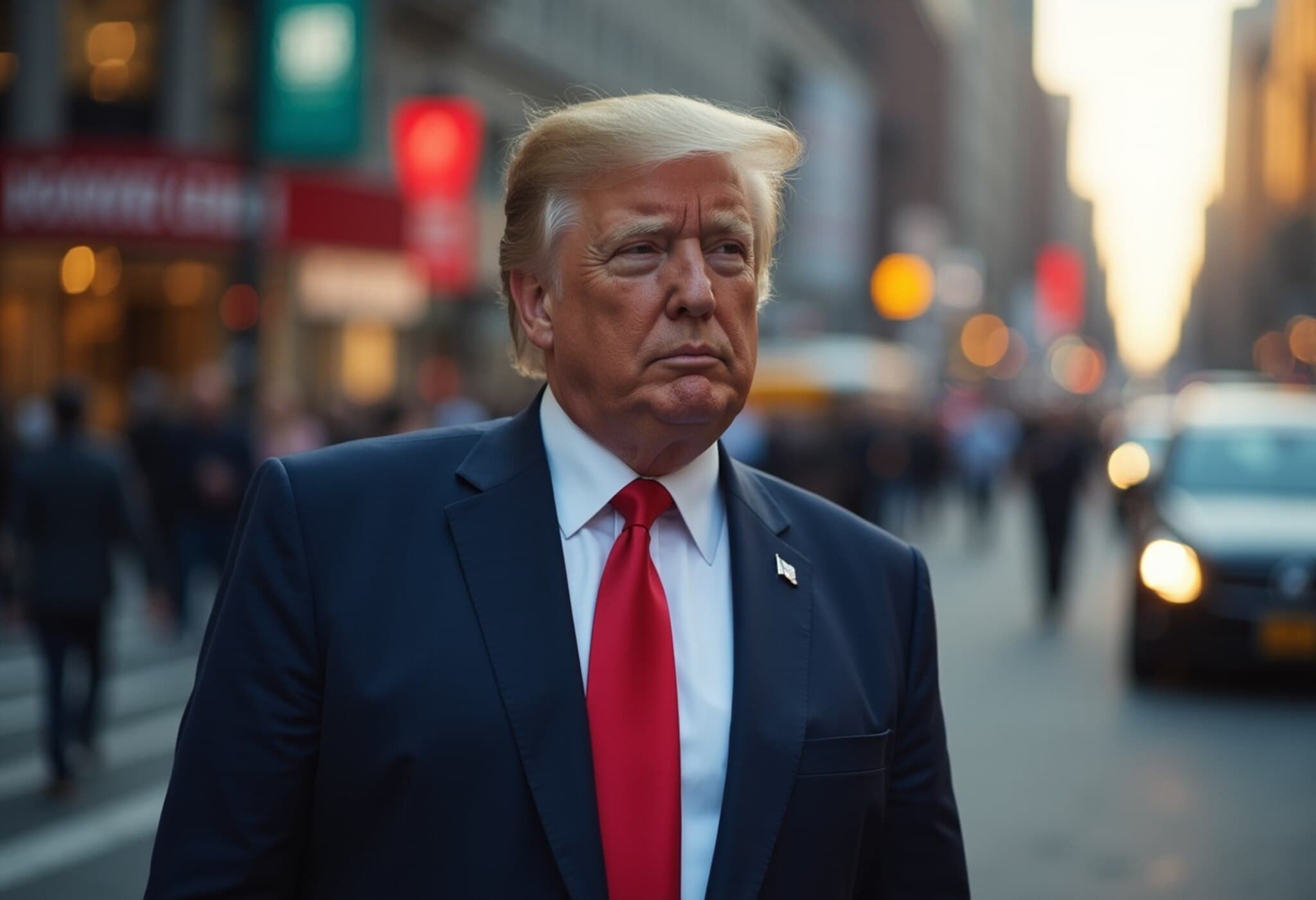Prime Minister Mark Carney’s Strategic Visit to the White House
On Tuesday, Canadian Prime Minister Mark Carney heads to Washington for a high-stakes meeting with President Donald Trump, amid ongoing tensions over U.S. tariffs. This marks Carney’s second encounter at the White House since assuming office, and while expectations for a major breakthrough remain low, the stakes for Canada’s economy and industries could not be higher.
Understanding Canada's Tariff Challenge
Since the start of President Trump’s administration, Canada has faced significant trade barriers. The United States has imposed a sweeping 35% tariff on certain Canadian exports, justified by the Trump administration as a national security measure tied to concerns over migration and fentanyl trafficking—claims which Canadian and independent data have repeatedly disputed.
Though the tariffs exempt many goods that qualify under the United States-Mexico-Canada Agreement (USMCA), critical sectors like automotive, steel, aluminum, and softwood lumber have consistently been targeted. These sectors form the backbone of Canada’s export economy, making these tariffs particularly damaging.
Economic Ripples Across Canadian Industry
- Automotive Industry: General Motors announced layoffs affecting 2,000 workers at its Oshawa, Ontario plant.
- Automobile Manufacturing Suspension: Stellantis halted plans to revitalize its Brampton plant to produce a new Jeep model.
- Government Response: Canada allocated CA$10 billion (US$7.1 billion) in loans to support large steel and aluminum firms facing U.S. tariff pressure.
These repercussions underscore the profound impact tariffs have on employment and industrial investment in Canada, especially in provinces like Ontario, where manufacturing plays a vital role.
Navigating Political Pressures and Trade Retaliations
Canada has responded with measured retaliatory tariffs targeting U.S. products, though less aggressively than some political factions have demanded. As an economist with a background heading central banks in Canada and the UK, Carney has taken a cautious approach, wary of an escalating trade war.
Within Canadian politics, opposition voices, notably Conservative leader Pierre Poilievre, have criticized Carney's handling of U.S. relations, pushing for stronger measures and even proposing direct negotiations with the U.S.—an unusual step for opposition parties, reflecting the high political stakes surrounding trade. Poilievre’s calls highlight a growing debate within Canada over how best to defend national economic interests in the Trump era.
Looking Ahead: USMCA Review and Bilateral Complexities
The North American trade landscape is set for further scrutiny with the upcoming USMCA review next year. Recent comments from the U.S. Trade Representative, Jamieson Greer, suggest future negotiations may lean toward bilateral arrangements rather than trilateral consensus, given divergent interests between Canada and Mexico.
Carney, however, has firmly rejected any idea of sidelining Mexico in favor of a renewed U.S.-Canada trade pact, reaffirming Canada’s commitment to the trilateral agreement.
Industry Voices and Expectations for the White House Meeting
Business leaders approach this meeting with tempered expectations. Flavio Volpe, president of the Automotive Parts Manufacturers’ Association of Canada, noted limited progress from Washington so far but expressed hope that upcoming consultations on the USMCA’s future could build goodwill.
Carney’s office characterized the White House session as a working meeting, signaling a pragmatic, perhaps incremental dialogue rather than grand announcements.
Expert Insight:
Carney’s challenge lies in balancing diplomatic engagement with internal political demands and economic realities. The U.S.-Canada relationship is complex and multifaceted, involving not only trade but also security, migration, and regional geopolitics. As tensions around tariffs persist, Canada's path forward may require innovative diplomacy that aligns economic pragmatism with domestic political cohesion.
Editor’s Note
Prime Minister Mark Carney’s upcoming meeting with President Trump reflects the intricate dance of diplomacy amid trade tensions that have real-world impacts on workers, industries, and communities—especially in manufacturing-dependent regions. While no immediate policy shifts appear imminent, Carney’s visit underscores the importance of persistent dialogue and strategic patience. Going forward, how Canada balances assertive advocacy with economic stability could significantly influence North American trade dynamics in the years ahead.

